Qatar Petroleum (QP) has issued an invitation to tender (ITT) to various LNG shipowners for the chartering of LNG carriers. QP requires these ships to transport LNG produced at its North Field expansion project and the Golden Pass LNG export project as well as to replace some ships on existing time charter when their long-term charter expires. We aim to compare shipowners’ potential returns on investment in these ships against their cost of capital. In order to estimate potential returns, we have used equity IRR and project IRR and then compared potential returns with the cost of equity and the weighted average cost of capital (WACC) for a US-based investor. We will also look at potential beneficiaries.
Flexibility in Charter Period
Based on different media reports, QP has offered owners four options for the firm charter hire period – 10, 12, 15 or 20 years – with ‘options’ to extend the period up to 25 years. Ships are expected to be based on either ME-GI propulsion systems or X-DF engines. QP has entrusted Qatargas the responsibility of selecting winning bidders and run this tender program. Once the tenders are received, Qatargas will review bidders’ technical and commercial capabilities and assign the selected shipowners to the shipyards’ construction slots already reserved by QP (100+ slots) at several Chinese and Korean shipyards. The delivery of these vessels is expected between 2024 and 2026. Shipowners are expected to submit technical offers in mid-April and commercial bids in July. QP plans to include carbon capture as part of its North Field expansion projects, and ships carrying LNG cargoes from these projects will have lower full-cycle carbon emissions. We view the tender offer positively as this is another milestone towards firm ordering of LNG ships.
Lower Duration of Contracts Compared with Existing Qatargas Contracts
We believe charter duration is the key difference between the new tenders and Nakilat’s ongoing -time charter contracts on existing LNG ships. While the charter contract on Nakilat’s existing LNG vessels is for a period of firm 25 years with two extension options – five years followed by another five years – the firm period for the new tender contracts is a maximum of 20 years with an option to extend for another five years. We believe this highlights the declining useful life of LNG vessels due to technical advancements and environmental regulations. We expect long-term charter rates to be around USD75,000pd for the new LNG ships, which is well below the implied long-term charter rates of USD90,000pd on Nakilat’s existing wholly owned LNG vessels. We believe lower long-term charter rates can be attributed to the comparatively smaller size of these vessels (compared to Q-Flex and Q-Max LNG ships) and the decline in long-term LNG charter rates in the last 10 years.
Potential IRR Expected to be Attractive Despite Lower Freight Rates
Based on our calculation, we believe a time charter contract for 20 years is the most attractive among the four options (10 years, 12 years, 15 years and 20 years) as it should offer an expected project IRR of 9.5% and an equity IRR of 15.1% using 60% debt/equity. Project IRR will remain the same even at a higher leverage of 80%. While project IRR is expected to be lower than Nakilat’s previous long-term charter contracts, we believe the returns are attractive given the current low-interest-rate environment. Moreover, the expected project IRR of 9.5% is higher than the average WACC of 5.9% (at 60% leverage) for such shipping investments, in our view. Equity IRR is 6.7% higher than the present average cost of equity for LNG shipping. Shipowners that can get a higher level of financing can have higher equity IRR on these investments. Nakilat had highlighted during an analyst conference that the company expects levered IRR to be 11-14% for its existing long-term LNG charters. The company usually targets around 80% leverage in financing its ships. We believe lower project IRR can be attributed to a decline in the long-term charter rates from USD 90,000pd in 2011 to USD 66,500pd at the end of 2020.
We have calculated equity IRR and project IRR (levered IRR) using Drewry’s long-term charter rate assumptions, estimated intermediate and special survey costs, off-hire days, and utilization. Once the firm contract period is over, we have assumed that the vessel will trade in the spot market for its remaining useful economic life, which we have assumed to be 25 years for this analysis. We have not factored in any retrofit requirement on these LNG ships. Our cost of equity and WACC are representative for a US-based investor with low business risk, highest credit rating and assumes financing at prevailing market rates.
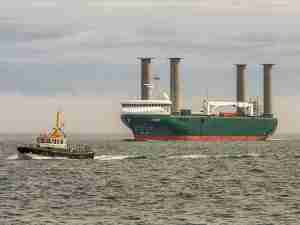
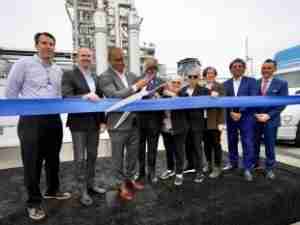
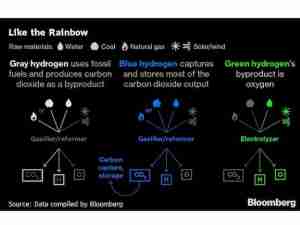
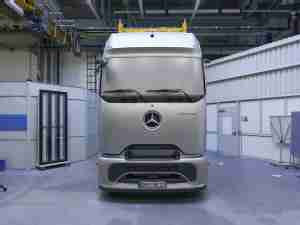
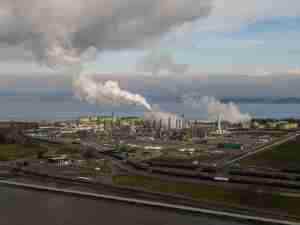

_-_28de80_-_58820516bd428ab3fd376933932d068c43db9a4a_lqip.jpg)




